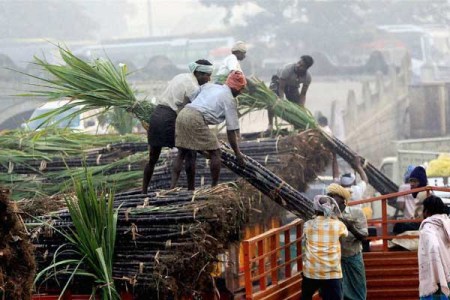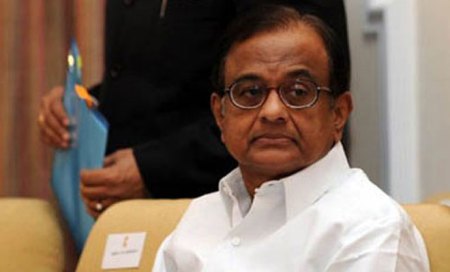 Last year, the state had reported 76 per cent disbursal of its kharif loan outlay by August 15. Express
Last year, the state had reported 76 per cent disbursal of its kharif loan outlay by August 15. Express
As the kharif crop gets ready for harvesting in Maharashtra, a major credit crisis seems to be unfolding. Institutional disbursal of crop loans has been very low this year, with the state reporting only 38 per cent disbursal of its kharif loan outlay by August 15 this year, compared to 76 per cent recorded on the same date last year. The banks in Maharashtra had managed to give out loans worth just Rs 15,516.61 crore out of the total outlay of Rs 40,457.20 crore till the middle of the last month. Last year, by the same date, the banks had made disbursement of Rs 28,597.93 crore out of the outlay of Rs 37,677.03 crore.
Farmers avail of short-duration crop loans at the start of the agricultural cycle to meet their capital needs for inputs. The State Level Bankers’ Committee (SLBC) sets the targets for disbursal for individual districts, bank-wise. Timely repayment of crop loans helps farmers get an interest subvention from both the central and state governments.
Timely and institutional credit are methods adopted to prevent farmers being caught in the vicious cycle of debt. One of the main reasons for poor disbursal this year is the slow pace of progress on loan waivers that the state government has announced. Farmers who had defaulted in the repayment of their loans were ineligible for newer loans till they cleared their dues. The whole process of loan waiver was supposed to make the farmers’ accounts loan-worthy by settling their old overdue loans. However, the operational process of loan waiver is yet to start which has led to many farmers being ineligible for new loans.
Minister of Cooperation Subhash Deshmukh had earlier said that the actual process of loan waiver will start from October 1, but officials are sceptical about the deadline.
Commercial banks seem to have faltered more than the District Central Cooperative Banks (DCCBs) when it came to disbursal this year. Commercial banks and scheduled commercial banks have managed to achieve just 29 and 28 per cent of their target, respectively, while the DCCBs have recorded 59 per cent disbursal. Loan disbursal of the regional rural banks have just crossed the 20 per cent mark.
Last year, these banks had significantly higher disbursal rates (see box). The district of Buldhana has recorded the lowest disbursal of just 9 per cent while Hingoli and Jalna have seen below-20 per cent disbursals. Of the 36 districts, banks in only nine districts have managed to achieve more than 50 per cent of their targets. Sindhudurg has recorded the highest disbursal of 78 per cent in the state.
By August 15 last year, barring Solapur and Hingoli, all the other districts had recorded more than 50 per cent distribution of their loan, with most of them breaching the 70-80 per cent target. In fact, Kolhapur district had recorded 106 per cent disbursement of its target. This credit crunch comes at a time when the state government is all set to waive off outstanding crop loans of worth Rs 34,000 crore. However, the slow pace and the questions over the methodology have taken a toll on the process, officers say. In the absence of loan waivers, farmers whose accounts were outstanding could not qualify for the waiver.
At the end of August, the state has reported 1,40,25,708 hectares of farm land under sowing as against 1,44,97,993 hectares of sowing of last year.
Loan waiver had become a major issue in Maharashtra which saw farmers going on an unprecedented strike in the first week of June. Ajit Navale, general secretary of the Kisan Sabha, blamed the slow pace of loan waiver for the low disbursal. “In the hope of the loan waiver, many farmers had not renewed their loans which led them to default and become ineligible for further loan,” he said.
Navale expressed the apprehension that many farmers, especially in Vidarbha, had availed of loans from private money lenders at steep interest rates.

